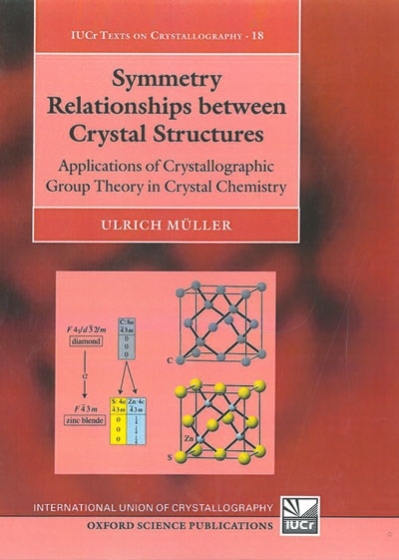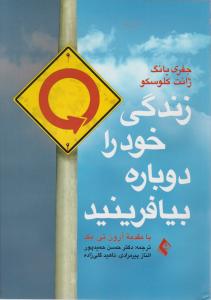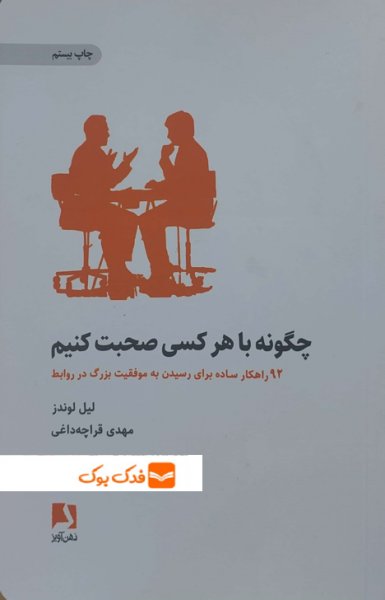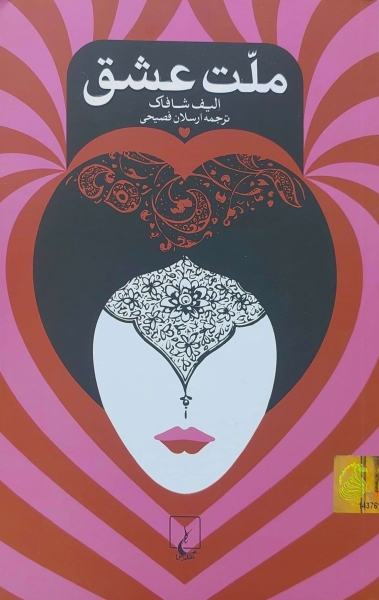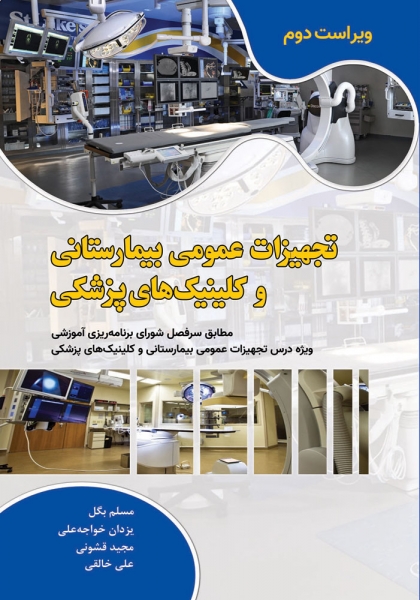Preface
Crystal-structure analysis has become one of the most essential tools in chemistry
and related disciplines. Several hundreds of thousands of crystal structures
have been determined in the course of the years. The results obtained
from 1931 to 1990 were published year by year in Strukturbericht [1], later
Structure Reports [2]. Nowadays, crystal structures are deposited in several
large databases [3–8]. However, the mere accumulation of data is only of restricted
value if it lacks a systematic order and if the scientific interpretation of
the data leaves much to be desired.
Shortly after the discovery of X-ray diffraction from crystals by MAX VON
LAUE, WALTHER FRIEDRICH, and PAUL KNIPPING (1912) and the subsequent
pioneering work by fatherWILLIAM HENRY BRAGG and sonWILLIAM
LAWRENCE BRAGG, efforts set in to order the crystal structures found. By
1926 the number of crystal structures was already large enough for VIKTOR
MORITZ GOLDSCHMIDT to formulate the basic principles of packing of atoms
and ions in inorganic solids [9]. In 1928 LINUS PAULING set forth a number
of structural principles, essentially for ionic crystals, which he later repeated in
his famous book The Nature of the Chemical Bond, first published in 1938 [10].
Quite a few other approaches to show relationships between crystal structures
and to bring order into the constantly increasing amount of data were presented
and developed quite successfully over time. Most of these approaches, however,
have one peculiarity in common: they make no or nearly no use of the
symmetry of the crystal structures.
The importance of symmetry relations in phase transitions in the solid state
was realized in 1937 by LEW LANDAU [11]. Around 1968 HARTMUT B¨ARNIGHAUSEN
developed a procedure to work out relationships between crystal
structures with the aid of symmetry relations [12]. Since then, chemists
have become more and more aware of the value of these symmetry relations.
Symmetry relations can be formulated mathematically. This offers a secure
foundation for their application and makes it possible to develop algorithms to
make use of computers.
The symmetry of crystals is presented in International Tables for Crystallography,
Volume A [13], by diagrams and with the aid of analytical geometry.
The methods of analytical geometry can be applied universally; they are based
on the techniques of matrix calculus and make use of the results of elementary
group theory. Since 2004, the supplementary volume A1 of International Tables
for Crystallography has been available [14]. For the first time they contain
a complete listing of the subgroups of the space groups. This book shows how
to make use of these tables.
Part I of this book presents the necessary mathematical tools: the fundamentals
of crystallography, especially of symmetry, the theory of crystallographic
groups, and the formalisms for the necessary crystallographic calculations. As
often in the natural sciences, these tools may appear difficult as long as one
is not accustomed to their use. However, the presented calculation techniques
are nothing more than applications of simple theorems of algebra and group
theory.
Group theory has profound foundations. For its application, however, the
profoundness is not needed. The mathematical foundations are contained in the
presented formalisms. Calculations can be performed and consequences can be
drawn with these formalisms, without the need to duplicate their mathematical
background.
Those who have some familiarity with the symmetry of crystals, i.e. who
have worked with space groups, are acquainted with Hermann–Mauguin symbols,
know how to handle atomic coordinates, etc., may take a first look at Part
II to obtain an impression of the results that follow from the mathematical relations.
However, it is not recommended to skip the chapters of Part I. Don’t
be mistaken: crystallographic group theory and symbolism does have pitfalls,
and calculations are susceptible to errors if they are not performed strictly in
accordance with the rules.
Part II of the book gives an insight into the application to problems in crystal
chemistry. Numerous examples show how crystallographic group theory
can be used to disclose relations between crystal structures, to maintain order
among the enormous number of crystal structures, to predict possible crystalstructure
types, to analyse phase transitions, to understand the phenomenon
of domain formation and twinning in crystals, and to avoid errors in crystalstructure
determinations.
Appendix A deals with peculiarities of a certain kind of subgroup of the
space groups, the isomorphic subgroups, and discloses cross-connections to
number theory. Another appendix gives some insight into a few physicochemical
aspects referring to phase transitions and to the theory of phase transitions.
A broad range of end-of-chapter exercises offers the possibility to apply
the learned material. Worked-out solutions to the exercises can be found in
Appendix D.
In the Glossary one can look up the meanings of special terms used in the
field.
One topic of group theory is not addressed in this book: representation theory.
Crystallographic symmetry does not deal with time. Representation theory
is needed to cover the symmetry properties of time-dependent phenomena
(such as vibrations). This is dealt with in numerous books and articles; we
could only repeat their content (see, e.g. [15–22]). However, some remarks
can be found in Chapter 15 and in Appendix C.
The book has many predecessors. It is based on earlier lectures and on
courses that were taught repeatedly since 1975 in Germany, Italy, France,
Czechia, Bulgaria, Russia, and South Africa. Lecturers of these courses were
first of all H. B ¨ARNIGHAUSEN (Karlsruhe), TH. HAHN (Aachen), and H.
WONDRATSCHEK (Karlsruhe), and, in addition, M. AROYO (Sofia, later Bil
bao), G. CHAPUIS (Lausanne), W. E. KLEE (Karlsruhe), R. P ¨OTTGEN (M¨unster),
and myself.
The text of Chapters 2–7 is due to H. WONDRATSCHEK, who allowed me
to use his material; he also revised these chapters after I had appended figures,
examples, exercises, and a few paragraphs. These chapters partly reflect lecture
notes by W. E. KLEE. Chapters 1, 10, 11, 15, and 16 essentially go back to
H. B¨ARNIGHAUSEN and contain text by him; he also critically checked drafts
of these chapters. Parts of a script by R. P ¨OTTGEN, R.-D. HOFFMANN, and
U. RODEWALD were included in Chapter 17. I am especially grateful to all of
them. Without their manuscripts and without their consent to make use of their
texts this book could not have come into being.
Indirect contributors are G. NEBE (mathematician, Aachen), J. NEUB ¨USER
(mathematician, Aachen), and V. JANOVEC (physicist, Liberec) by their suggestions,
and numerous discussions with H. WONDRATSCHEK. In addition, I
am grateful to further unnamed colleagues for suggestions and discussions.
Ulrich M¨uller
Marburg, Germany, November 2012
Contents
List of symbols xvi
1 Introduction 1
1.1 The symmetry principle in crystal chemistry 2
1.2 Introductory examples 4
I Crystallographic Foundations 9
2 Basics of crystallography, part 1 11
2.1 Introductory remarks 11
2.2 Crystals and lattices 11
2.3 Appropriate coordinate systems, crystal coordinates 13
2.4 Lattice directions, net planes, and reciprocal lattice 15
2.5 Calculation of distances and angles 16
3 Mappings 19
3.1 Mappings in crystallography 19
3.1.1 An example 19
3.1.2 Symmetry operations 19
3.2 Affine mappings 20
3.3 Application of (n+1)×(n + 1) matrices 23
3.4 Affine mappings of vectors 24
3.5 Isometries 25
3.6 Types of isometries 27
3.7 Changes of the coordinate system 30
3.7.1 Origin shift 30
3.7.2 Basis change 31
3.7.3 General transformation of the coordinate system 32
3.7.4 The effect of coordinate transformations on mappings 33
3.7.5 Several consecutive transformations of the coordinate
system 36
3.7.6 Calculation of origin shifts from coordinate transformations
38
3.7.7 Transformation of further crystallographic quantities 39
Exercises 40
4 Basics of crystallography, part 2 41
4.1 The description of crystal symmetry in International Tables A:
Positions 41
4.2 Crystallographic symmetry operations 41
4.3 Geometric interpretation of the matrix–column pair (W,w) of
a crystallographic symmetry operation 45
4.4 Derivation of the matrix–column pair of an isometry 47
Exercises 48
5 Group theory 49
5.1 Two examples of groups 49
5.2 Basics of group theory 51
5.3 Coset decomposition of a group 53
5.4 Conjugation 56
5.5 Factor groups and homomorphisms 57
5.6 Action of a group on a set 59
Exercises 61
6 Basics of crystallography, part 3 63
6.1 Space groups and point groups 63
6.1.1 Molecular symmetry 63
6.1.2 The space group and its point group 66
6.1.3 Classification of the space groups 67
6.2 The lattice of a space group 69
6.3 Space-group symbols 70
6.3.1 Hermann–Mauguin symbols 70
6.3.2 Schoenflies symbols 74
6.4 Description of space-group symmetry in International Tables A 76
6.4.1 Diagrams of the symmetry elements 76
6.4.2 Lists of the Wyckoff positions 79
6.4.3 Symmetry operations of the general position 80
6.4.4 Diagrams of the general positions 80
6.5 General and special positions of the space groups 81
6.5.1 The general position of a space group 82
6.5.2 The special positions of a space group 83
6.6 The difference between space group and space-group type 84
Exercises 85
7 Subgroups and supergroups of point and space groups 87
7.1 Subgroups of the point groups of molecules 87
7.2 Subgroups of the space groups 89
7.2.1 Maximal translationengleiche subgroups 91
7.2.2 Maximal non-isomorphic klassengleiche subgroups 93
7.2.3 Maximal isomorphic subgroups 93
7.3 Minimal supergroups of the space groups 94
7.4 Layer groups and rod groups 96
Exercises 99
8 Conjugate subgroups, normalizers and equivalent descriptions of crystal structures 101
8.1 Conjugate subgroups of space groups 101
8.2 Normalizers of space groups 103
8.3 The number of conjugate subgroups. Subgroups on a par 106
8.4 Standardized description of crystal structures 110
8.5 Equivalent descriptions of crystal structures 110
8.6 Chirality 113
8.7 Wrongly assigned space groups 115
8.8 Isotypism 117
Exercises 119
9 How to handle space groups 121
9.1 Wyckoff positions of space groups 121
9.2 Relations between the Wyckoff positions in group–subgroup
relations 122
9.3 Non-conventional settings of space groups 123
9.3.1 Orthorhombic space groups 123
9.3.2 Monoclinic space groups 125
9.3.3 Tetragonal space groups 127
9.3.4 Rhombohedral space groups 129
9.3.5 Hexagonal space groups 129
Exercises 130
II Symmetry Relations between Space Groups as a Tool to Disclose Connections between Crystal Structures 131
10 The group-theoretical presentation of crystal-chemical relationships 133
11 Symmetry relations between related crystal structures 137
11.1 The space group of a structure is a translationengleiche maximal
subgroup of the space group of another structure 137
11.2 The maximal subgroup is klassengleiche 141
11.3 The maximal subgroup is isomorphic 145
11.4 The subgroup is neither translationengleiche nor klassengleiche 148
11.5 The space groups of two structures have a common supergroup 149
11.6 Large families of structures 151
Exercises 156
12 Pitfalls when setting up group–subgroup relations 159
12.1 Origin shifts 160
12.2 Subgroups on a par 162
12.3 Wrong cell transformations 162
12.4 Different paths of symmetry reduction 163
12.5 Forbidden addition of symmetry operations 165
Exercises 166
13 Derivation of crystal structures from closest packings of spheres 167
13.1 Occupation of interstices in closest packings of spheres 167
13.2 Occupation of octahedral interstices in the hexagonal-closest
packing of spheres 168
13.2.1 Rhombohedral hettotypes 168
13.2.2 Hexagonal and trigonal hettotypes of the hexagonalclosest
packing of spheres 174
13.3 Occupation of octahedral and tetrahedral interstices in the cubicclosest
packing of spheres 178
13.3.1 Hettotypes of the NaCl type with doubled unit cell 178
13.3.2 Hettotypes of the CaF2 type with doubled unit cell 180
Exercises 183
14 Crystal structures of molecular compounds 185
14.1 Symmetry reduction due to reduced point symmetry of
building blocks 186
14.2 Molecular packings after the pattern of sphere packings 187
14.3 The packing in tetraphenylphosphonium salts 191
Exercises 195
15 Symmetry relations at phase transitions 197
15.1 Phase transitions in the solid state 197
15.1.1 First- and second-order phase transitions 198
15.1.2 Structural classification of phase transitions 199
15.2 On the theory of phase transitions 200
15.2.1 Lattice vibrations 200
15.2.2 The Landau theory of continuous phase transitions 202
15.3 Domains and twinned crystals 205
15.4 Can a reconstructive phase transition proceed via a common
subgroup? 207
15.5 Growth and transformation twins 210
15.6 Antiphase domains 211
Exercises 214
16 Topotactic reactions 217
16.1 Symmetry relations among topotactic reactions 218
16.2 Topotactic reactions among lanthanoid halides 220
Exercises 224
17 Group–subgroup relations as an aid for structure determination 227
17.1 What space group should be chosen? 228
17.2 Solving the phase problem of protein structures 228
17.3 Superstructure reflections, suspicious structural features 229
17.4 Detection of twinned crystals 230
Exercises 233
18 Prediction of possible structure types 235
18.1 Derivation of hypothetical structure types with the aid of
group–subgroup relations 235
18.2 Enumeration of possible structure types 239
18.2.1 The total number of possible structures 239
18.2.2 The number of possible structures depending on symmetry
241
18.3 Combinatorial computation of distributions of atoms among
given positions 245
18.4 Derivation of possible crystal structure types for a given molecular
structure 249
Exercises 253
19 Historical remarks 255
Appendices 259
A Isomorphic subgroups 261
Exercises 267
B On the theory of phase transitions 269
B.1 Thermodynamic aspects concerning phase transitions 269
B.2 About Landau theory 271
B.3 Renormalization-group theory 274
B.4 Discontinuous phase transitions 276
C Symmetry species 279
D Solutions to the exercises 281
References 301
Glossary 323
Index 327

